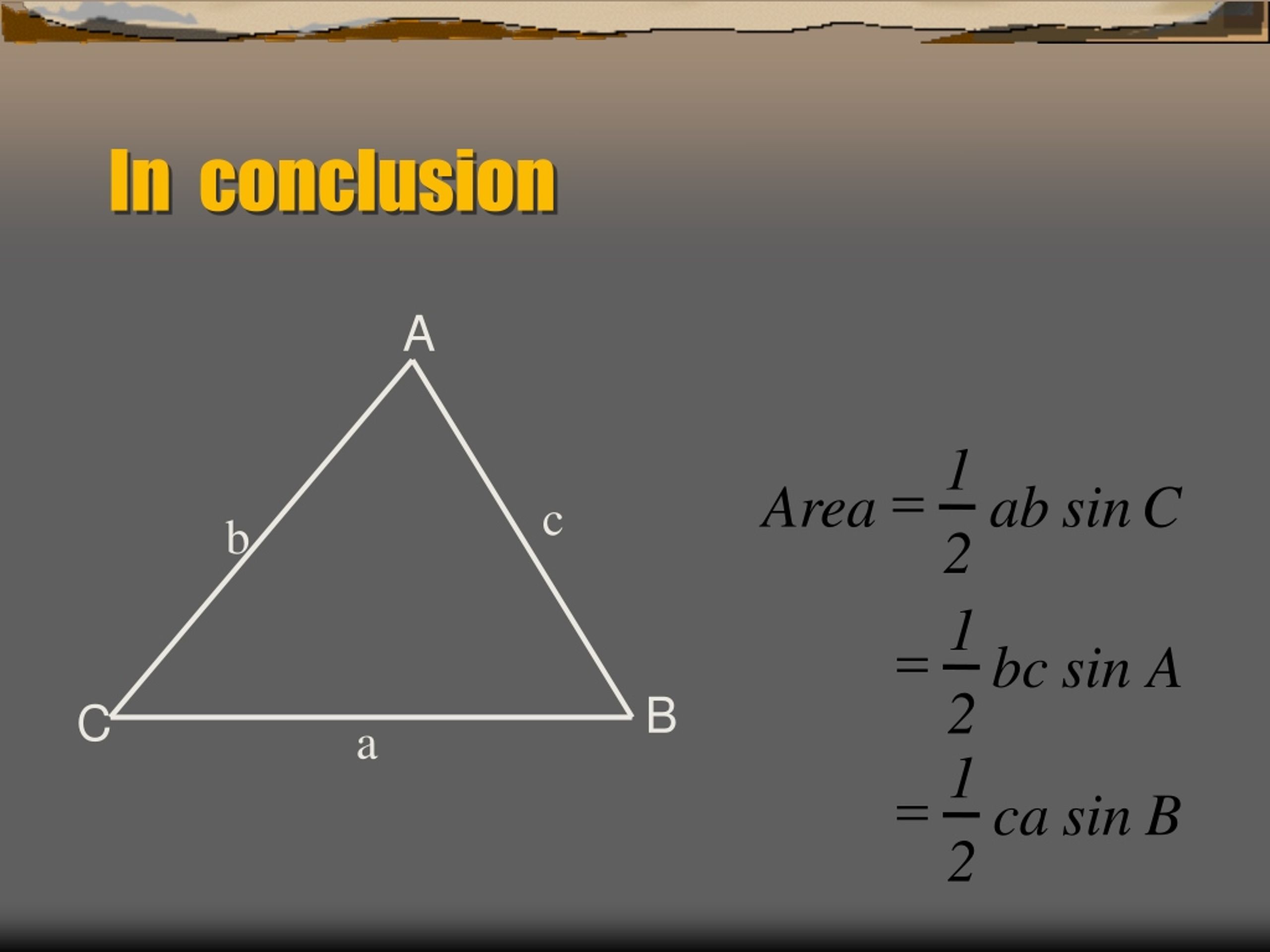
To be precise, the couple of angles along one of the legs are supplementary angles. However, the condition of being a trapezoid (i.e., having a pair of parallel sides) forces additional properties on the individual ones. Just like any other quadrangle, the sum of angles in a trapezoid is 360 degrees (or 2π radians). With notation as in the picture in the first section (and in the trapezoid calculator), we deduce the trapezoid perimeter formula to be: For the hero of today's article, the story is no different. The perimeter of a polygon is the sum of its side lengths. We begin this in-depth analysis with the trapezoid perimeter formula and its inside angles. If you're curious about the name, make sure to check out Omni's median calculator (note: it doesn't concern trapezoids).Īlright, we've come to know our shape quite well we even saw one trapezoid formula! Let's go one step further and try to understand the topic even better. It is always parallel to the bases, and with notation as in the figure, we have median = (a + b) / 2. In other words, with the above picture in mind, it's the line cutting the trapezoid horizontally in half. The median of a trapezoid is the line connecting the midpoints of the legs.
TRAPEZOID BASE ONE 10CM BASE TWO 5CM HEIGHT 2CM EQUALS HOW TO
In fact, this value is crucial when we discuss how to calculate the area of a trapezoid and therefore gets its own dedicated section. The height of a trapezoid is the distance between the bases, i.e., the length of a line connecting the two, which is perpendicular to both. Quite a fancy definition compared to the usual one, but it sure makes us sound sophisticated, don't you think?īefore we move on to the next section, let us mention two more line segments that all trapezoids have. Indeed, if someone didn't know what a rectangle is, we could just say that it's an isosceles trapezoid which is also a right trapezoid. With these special cases in mind, a keen eye might observe that rectangles satisfy conditions 2 and 3. Secondly, observe that if a leg is perpendicular to one of the bases, then it is automatically perpendicular to the other as well since the two are parallel. Firstly, note how we require here only one of the legs to satisfy this condition – the other may or may not. We've already mentioned that one at the beginning of this section – it is a trapezoid that has two pairs of opposite sides parallel to one another.Ī trapezoid whose legs have the same length (similarly to how we define isosceles triangles).Ī trapezoid whose one leg is perpendicular to the bases. We'd like to mention a few special cases of trapezoids here. The two other non-parallel sides are called legs (similarly to the two sides of a right triangle). Usually, we draw trapezoids the way we did above, which might suggest why we often differentiate between the two by saying bottom and top base. If the area of a trapezoid is 2.52 cm^ 2, what is the height?Īrea trapezoid = (base1 + base 2)/2 * heightI do not see enough info in your question.The two sides, which are parallel, are usually called bases. The formula for area of a triangle is (1/2)*(Base of Triangle)*(Height of Triangle).Plug the numbers. The area of a trapezoid is:A = h * (base 1 + base 2) / 2We're given the area in the problem, so we can. If the area of the trapezoid is 2.52 cm 2, what is the height? Find The Length Of A Side Of The Triangular Base If The Triangle's Height Is 6 Cm?įORMULA FOR THE VOLUME OF TRIANGULAR PYRAMID IS : The height will be computed from.Ī Triangular Pyramid Has A Volume Of 180 Cubic Cm & A Height Of 12 Cm.


The area of the triangle described will be √231 cm^2 ≈ 15.20 cm^2. If the area of the figure is 16 square centimeters, what is the height of the triangle? The sides are short side is 4 cm, long side is 8 cm, base is 10 cm. The total surface area of a cuboid of dimensions l, w, h is given by It length is 70cm and it's width is 50 cm.

The total surface area of a cuboid is 0.94m squared. Find The Height And The Length Of The Base. The Base Of A Triangle Is 3 Cm Greater Than The Height. The are of a rectangle is equal to the product of height and base.Are of rectangle = height x baseHeight. If The Height Of A Is 10cm And The Base Is 5 Cm, What Is Its Area? In a right triangle, the sum of the squares of the lengths of the legs equals the square of the length. One Base Is 10, The Other Base Is Unknown And The Two Other Sides Are15, And 13.įirst calculate the value of unknown base and then put them in the relevant formula to get the answer.Ī Right Triangle Has A Hypotenuse Of 13 Cm And One Leg That Measures 12 Cm.


 0 kommentar(er)
0 kommentar(er)
